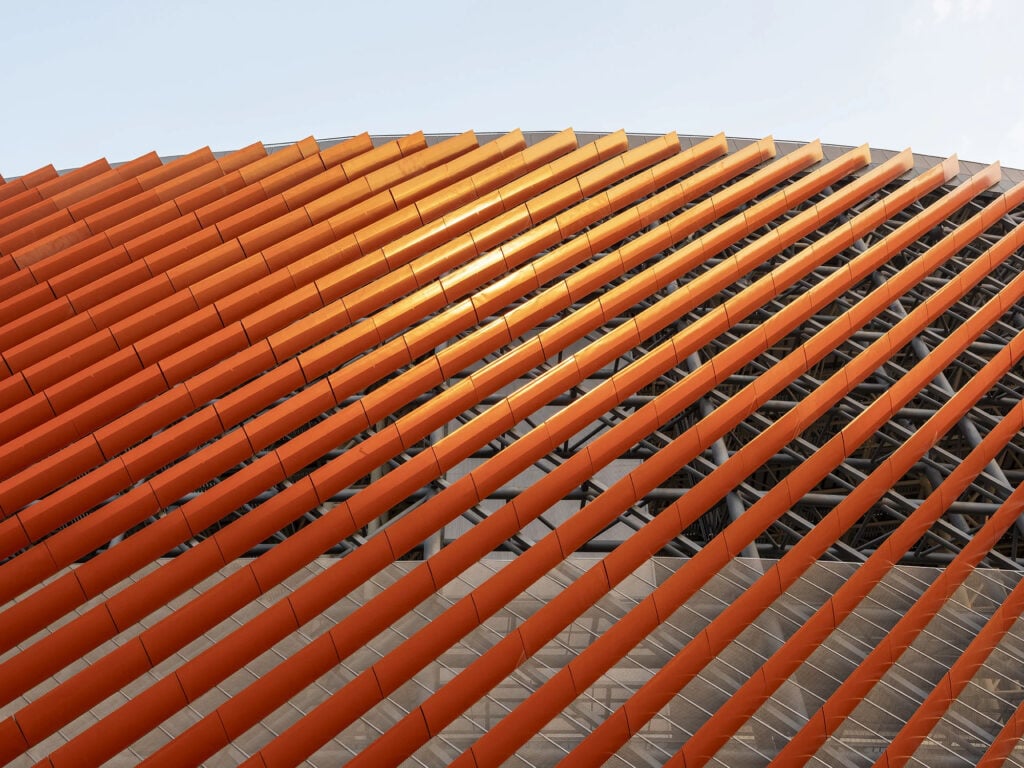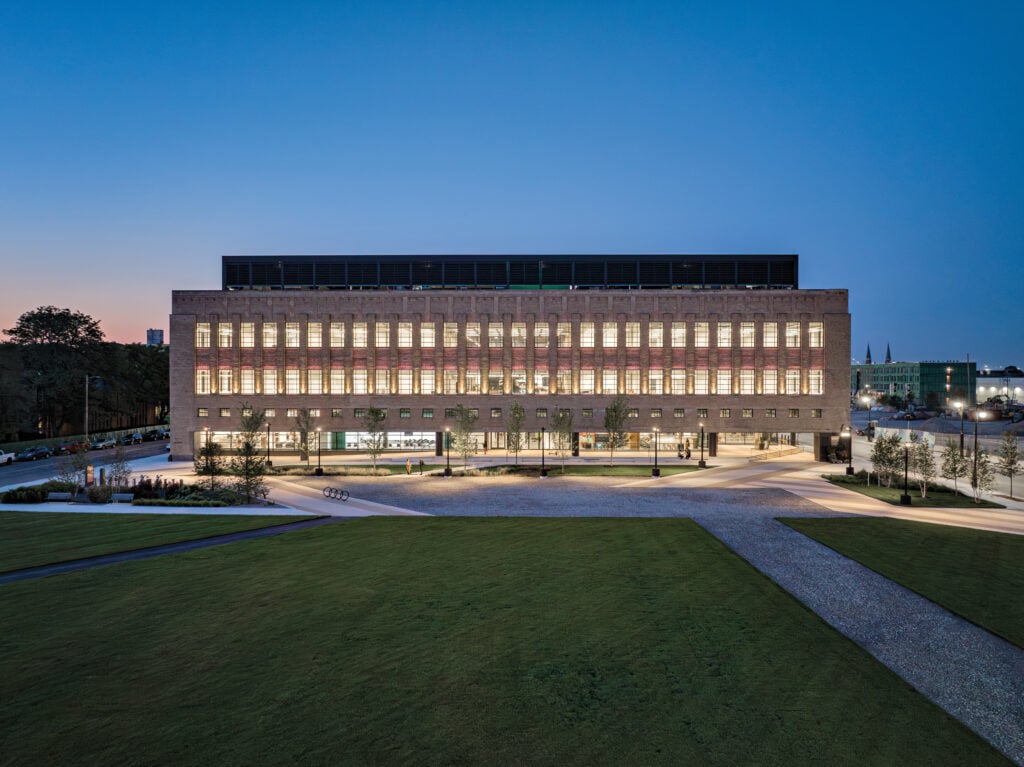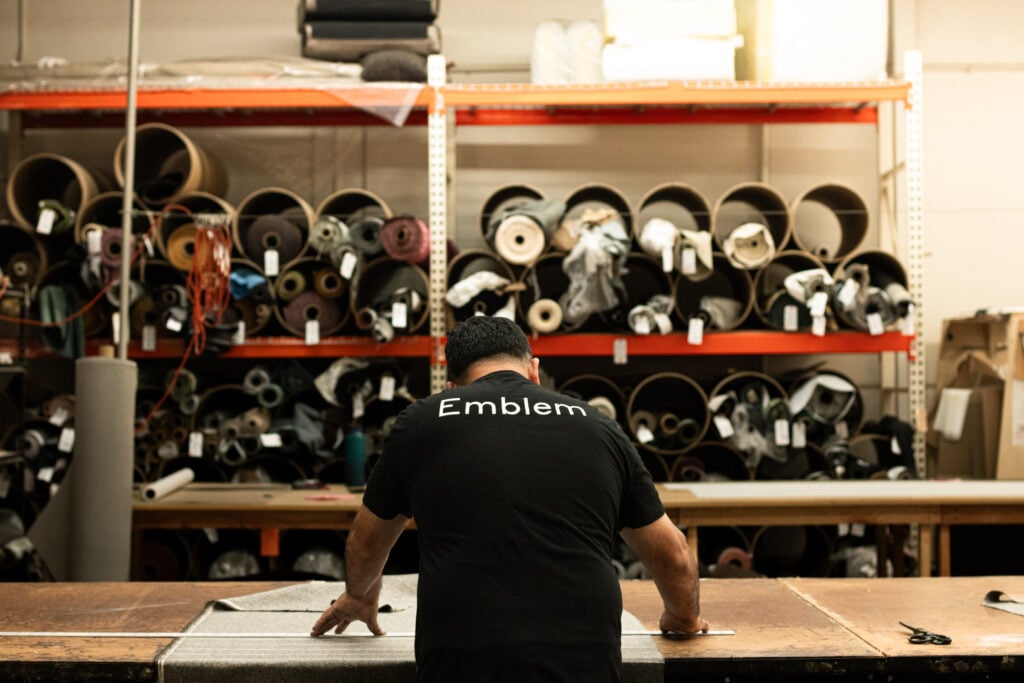
October 14, 2021
Moving Towards Circular and Regenerative Design
“Architects have been incentivized to make buildings that are single-use. This is a mistake.”
Z Smith, director of sustainability and building, Eskew Dumez Ripple
“The concept of regenerative design is not new,” continued Colin Rohlfing, director of sustainable development, HDR. “Unless we build a regenerative essence into buildings, they’re really not regenerative,” he said. “This means assigning metrics and studying ecological and social links. It’s about material transparency. It’s about linking social equity to environmental responsibility.”
Picking up on this idea, Charles Griffin, director of product integrity and quality, Carnegie, said: “We want to go deep into our supply chain to show how we’re affecting communities around us. It’s a pain point, but we have to do it.”
New Orleans-based Z Smith, director of sustainability and building, Eskew Dumez Ripple, shifted the discussion to buildings. “Architects have been incentivized to make buildings that are single use,” he said. “This is a mistake. The iconic San Francisco Victorian house has in the past century been used in different ways by different ethnic groups. Similarly, the classic SoHo loft is so versatile and sought after because it was originally a manufacturing plant. We’re our own worst enemies when we don’t realize the tremendously reusable form of buildings like this.”
As the discussion wound down, Rohlfing lamented: “Why are buildings torn down after 50 to 75 years? Why this short life span? There used to be 500-year-old buildings.”
Rajagopal enthusiastically jumped on the bandwagon: “We need a fundamental shift in values and value. In real estate, we think of land as an appreciating asset and buildings as depreciating assets. Maybe it’s time to reverse that.”

Would you like to comment on this article? Send your thoughts to: [email protected]
Latest
Viewpoints
How Can We Design Buildings to Heal, Not Harm?
Jason McLennan—regenerative design pioneer and chief sustainability officer at Perkins&Will—on creating buildings that restore, replenish, and revive the natural world.
Products
Behind the Fine Art and Science of Glazing
Architects today are thinking beyond the curtain wall, using glass to deliver high energy performance and better comfort in a variety of buildings.
Profiles
Inside Three SoCal Design Workshops Where Craft and Sustainability Meet
With a vertically integrated approach, RAD furniture, Cerno, and Emblem are making design more durable, adaptable, and resource conscious.





